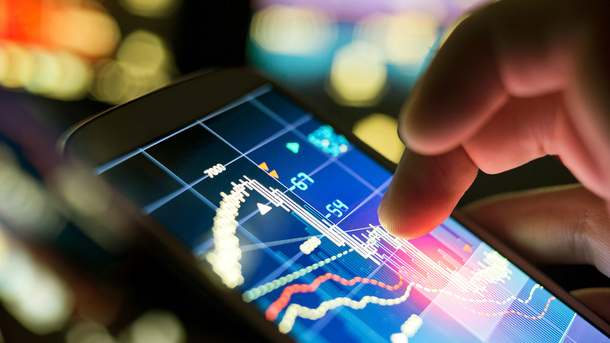

Tikkurila reported strong earnings for Q3 but even more important in our view was the good cash flow and quickly reduced net debt (0.2x LTM EBITDA). We expect higher dividends and a 6% yield for 2020. The shares trade at EV/EBIT 2020E of only 9.3x, which is substantially below peers and, in our view, reflects excessive concerns that the good 2020 is a one-off. We estimate only a modest decline in EBIT in 2021.
LÄS MER